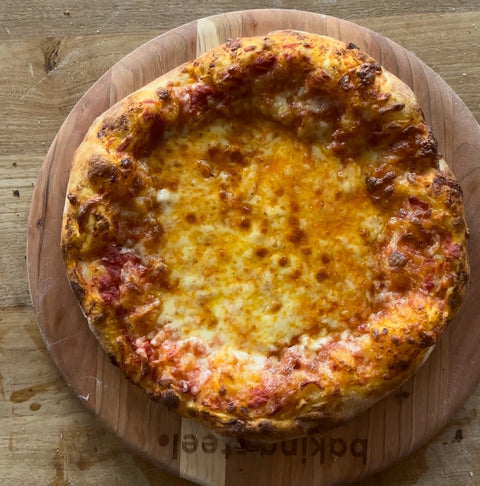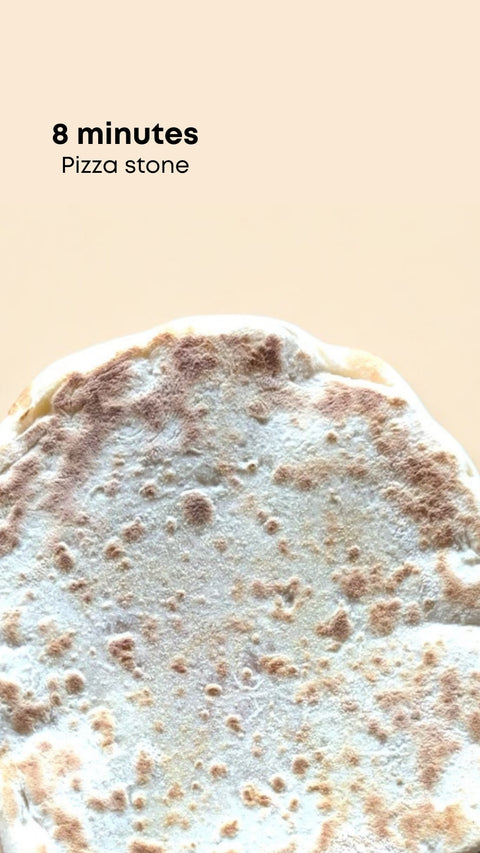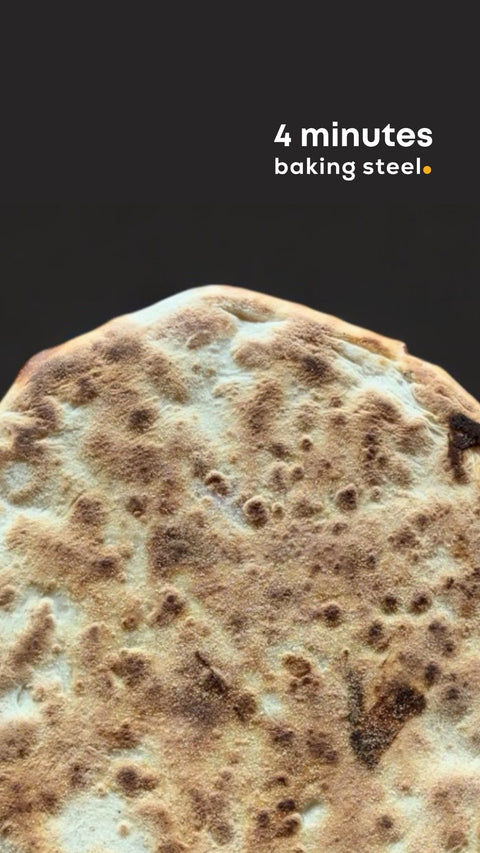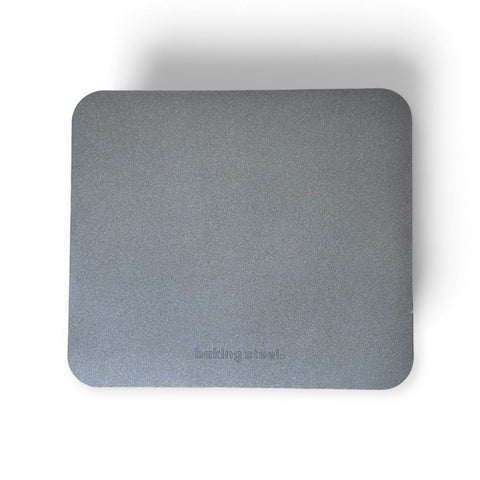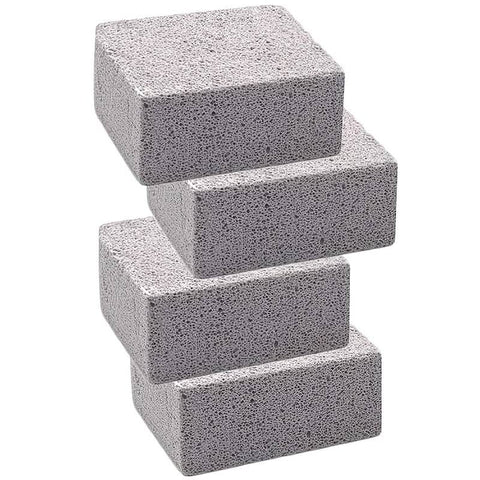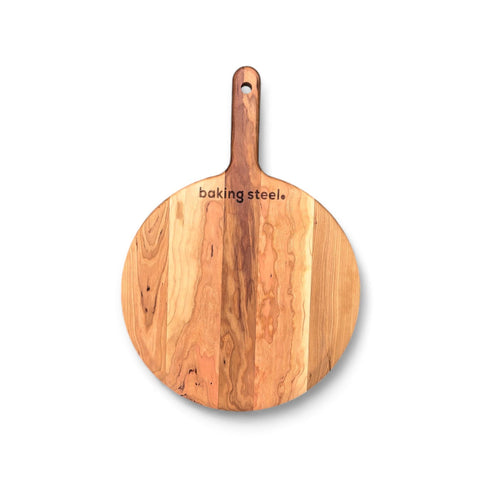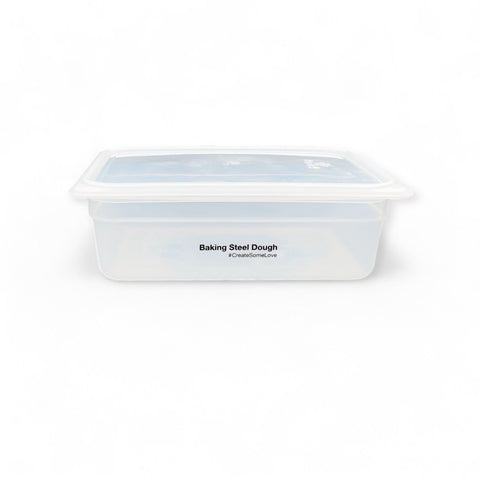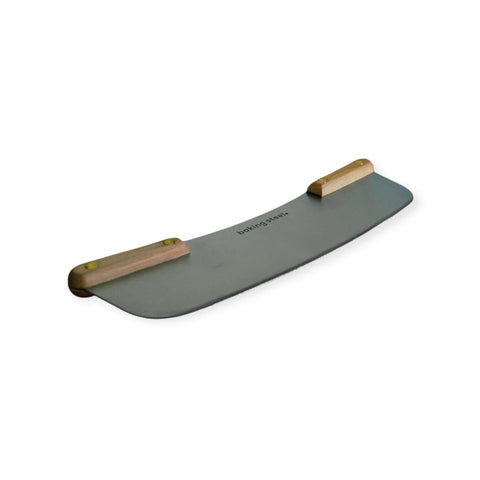Pizza Dough Hydration: The One Number That Changes Everything
Ever wonder why your crust is crispy and airy one day but flat and dense the next even when you follow the same recipe? It’s not your toppings or your luck. It’s one simple thing: hydration.
Hydration is the ratio of water to flour in your dough. Master this number and you control your outcome thin and crackly, classic NY chew, or big puffy edges.
What “Hydration” Means (In 10 Seconds)
We use baker’s percentage: flour is always 100%, and everything else is measured against it. Add 650g water to 1000g flour? That’s 65% hydration. Simple math, giant impact.

Higher hydration = bigger bubbles, lighter crumb, and open texture.
Why You Need a Digital Scale (Non-Negotiable)
If you want repeatable, pizzeria-level results, cups won’t cut it. A “cup” of flour can swing by 30+ grams depending on how you scoop. That swing can change your hydration by 5% or more enough to turn great dough into meh dough.
- Cups lie: inconsistent packing = inconsistent dough.
-
Scales win:
650g water ÷ 1000g flour = 65%hydration — every single time.
Bottom line: if you’re serious about dialing in hydration, a digital scale isn’t “nice to have.” It’s the whole game.

Ditch the cups hydration is all about ratios. A scale is non-negotiable if you want consistent results
Hydration by Pizza Style (Quick Reference)
Different styles thrive at different hydrations and your oven/surface matters, too. Use this table as your starting point.
| Hydration Range | Style Target | Texture & Handling | Notes |
|---|---|---|---|
| 58–62% | Thin & Crispy / Tavern | Tighter, drier dough; easy to roll thin; very crisp; low puff. | Great for bar pies and cracker-thin crusts. |
| 65–67% | Classic NY Slice | Soft, workable; stretches cleanly; crisp bottom with chewy bite. | This is the typical slice shop zone. |
| 68–72% | Neo-NY / Artisan Hybrid | Lighter crumb, bigger bubbles, softer chew; stickier to handle. | Home favorite for airier rims without going full Neapolitan. |
| 73%+ | Neapolitan / Focaccia | Very wet; large, puffy edges; open crumb. | Shines in very hot ovens; handling skill required. |
Pro tip: Whole-wheat and high-extraction flours absorb more water. Bump hydration by ~3–5% to match the feel of an all-purpose/00 dough.
Why 60–70% Wins at Home
High-hydration doughs are incredible but they’re sticky, fragile, and love blazing-hot ovens (800–900°F). Most home kitchens are happier in the 60–70% pocket: wet enough for open crumb and chew, dry enough to shape without drama.
Where Baking Steel Changes the Game
- ⚡ Extreme heat transfer → crisp, charred bottoms in minutes.
- 🔄 Even bake → keeps your chosen hydration cooking consistently.
- 🍕 Restaurant-level results → without a 900°F oven.
Next Steps & Helpful Links
- New to baker’s math? Start here: Baker’s Percentage Explained
- Ready for flavor? Our slow-fermented favorite: 72-Hour Pizza Dough
Pizza Dough Hydration FAQ
Do I really need grams instead of cups?
Is Classic NY actually 70% hydration?
Does my oven change the hydration I should use?
What about whole-wheat or high-protein flour?
Can I just add more water to any recipe?
👉 Ready to put hydration to the test? Grab a scale, pick a target from the table, and bake on a Baking Steel. You’ll taste the difference on the very first pie.
